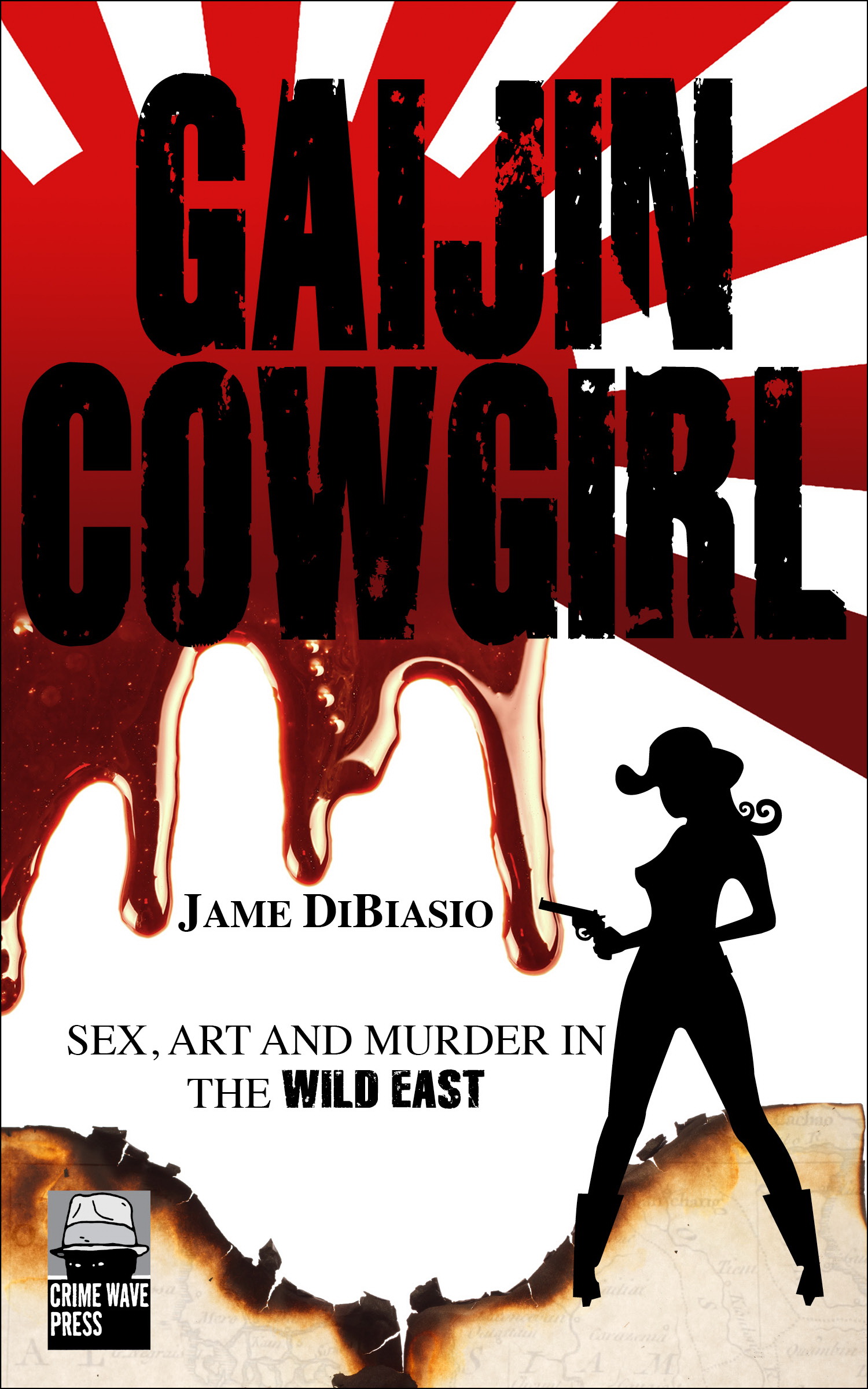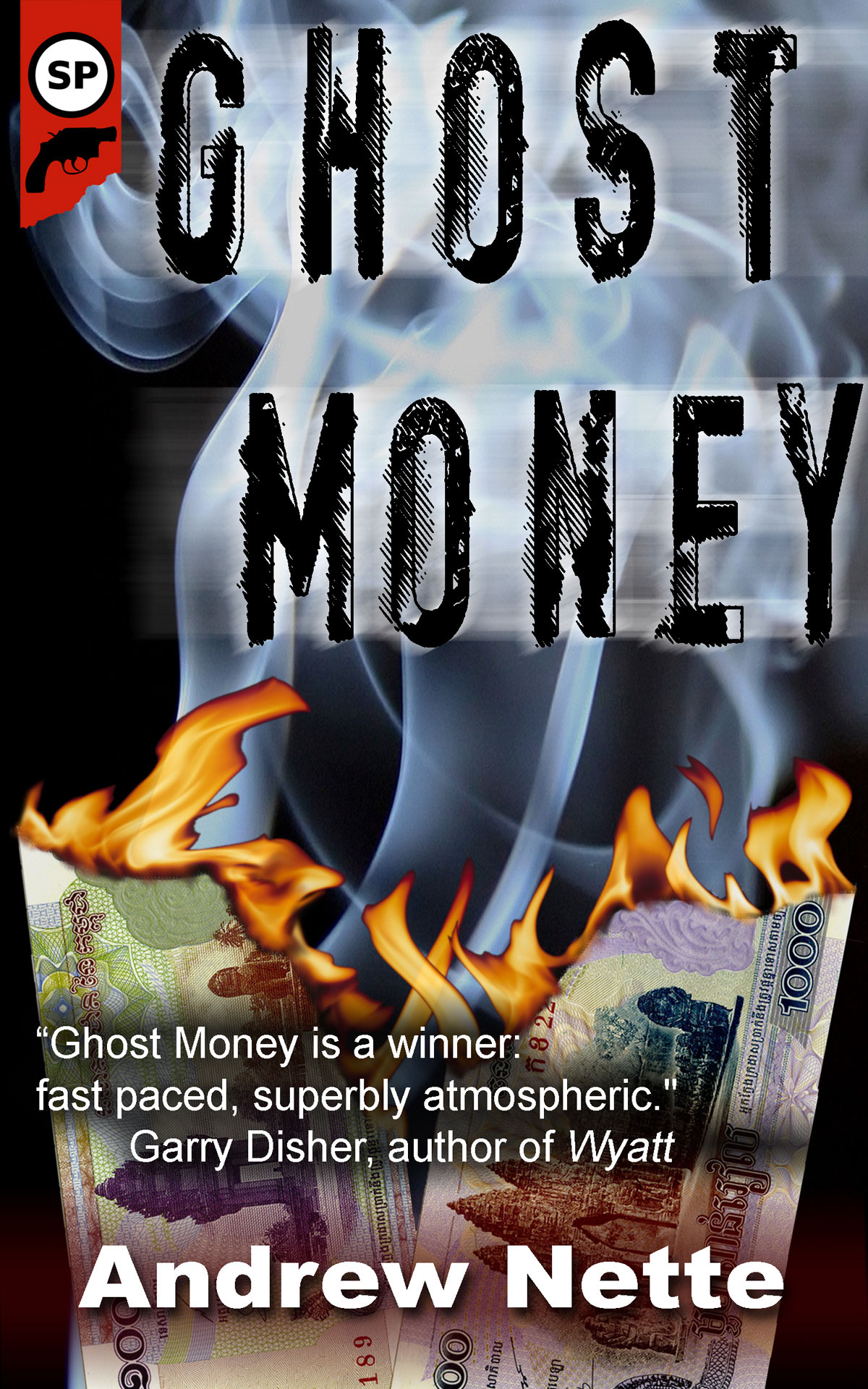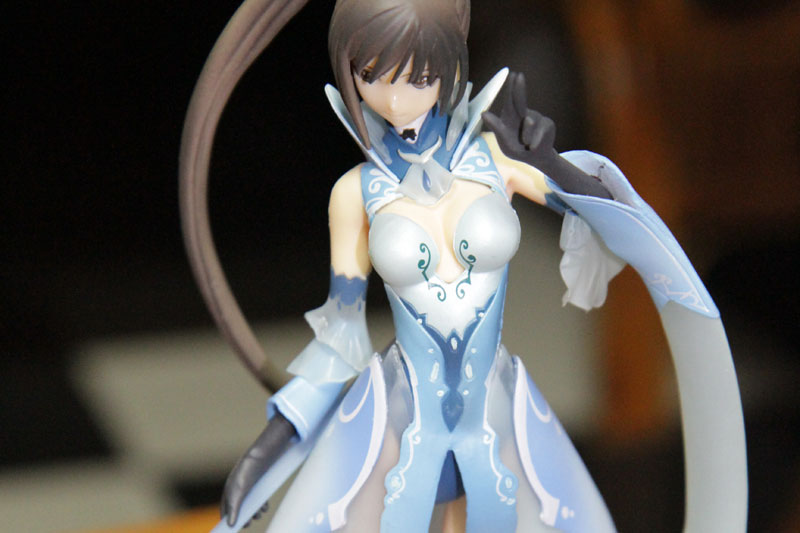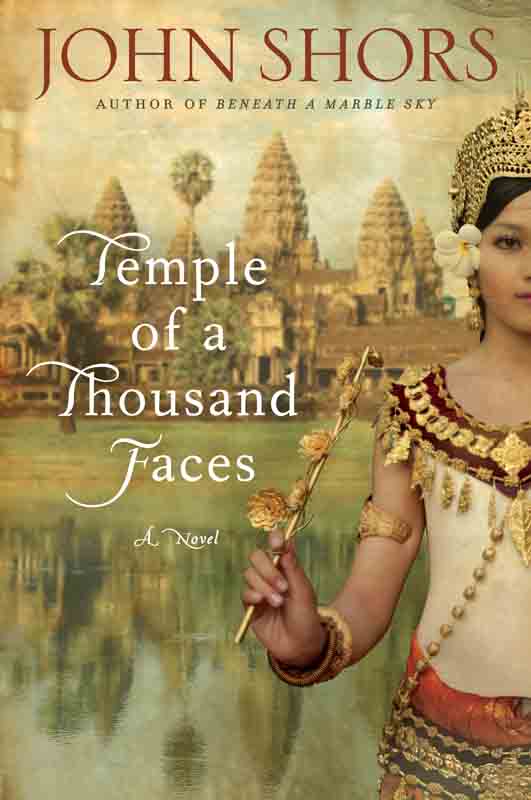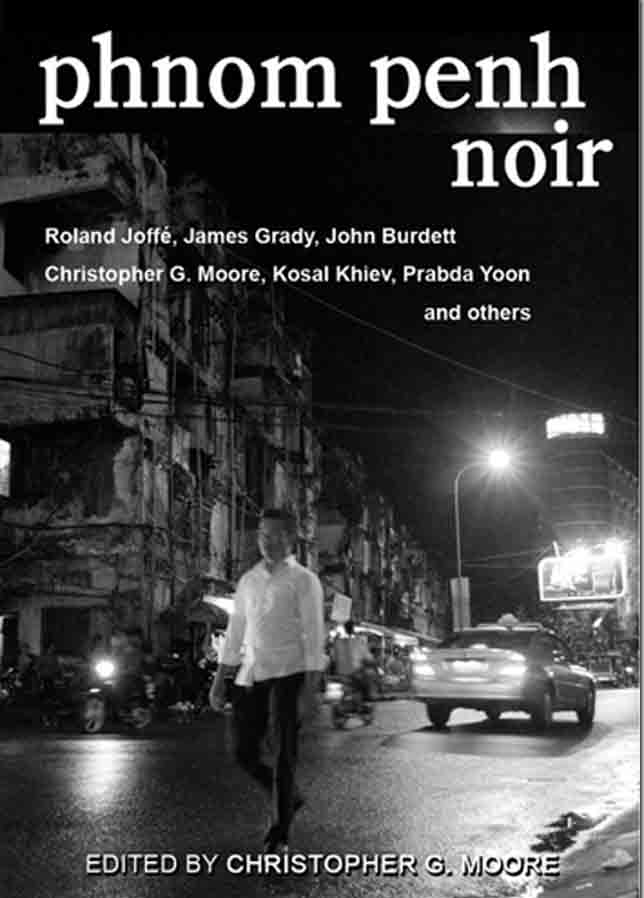Sailor Moon stomps around in knee-high boots with five-inch platform heels. She has her own TV show and sings horrible pop songs. In strict anime proportion, this ‘magical girl’ boasts boobs the size of volleyballs and eyeballs the size of compact discs – and if you were 16 again, you’d probably want to date her or even be her.
Such is the awesome power of Japanese cartoon culture, which is finally finding a foothold here in Phnom Penh. Four months after the Japanese Embassy hosted the country’s first cosplay party at the Cambodia-Japanese Friendship Kizuna Festival, what claims to be the city’s first manga/anime/cosplay cafe is poised to open its doors in Golden Sorya Mall.
Here, among the comics, films, costumes and plastic figurines, entry into a fantastical realm is for sale – a realm Japan, notorious for its restrictive culture, has excelled in exporting to the wider world. In 2006, according to the Japan External Trade Organisation, manga sales in France and Germany totalled more than $212 million, making Europe the largest consumer of manga outside Japan. Manga versions of both the Bible and Shakespeare were launched by British publishers in 2007 and by 2009 anime clubs had spread to every continent. Two years ago, a search entry ranking by China’s biggest search engine revealed that ‘Naruto’ had been searched for more than 15 million times. Today, The Manga Guide series, on school subjects such as statistics, electricity and molecular biology, is a big hit for making science easy to swallow.
As the Washington Post noted at the turn of the 21st century, “In the modern commerce of a vinylised culture, it’s hard to know for certain whether we tell the Japanese what to do or they tell us. Lately the dialogue has collapsed giddily into a driving, sonic beat and the war whoops of mutant, cartoon samurai. It snuggles up to us with names like Pikachu.”
After years of waiting on the fringe of the sci-fi/fantasy universe, the world of Japanese animation – ranging from Pokemon to the blatantly pornographic – is now big with the neo-nerds. From roots in the explosion of artistic creativity in post-Occupation Japan, it has grown to support a more-than-$6-billion-a-year industry in the US, where manga sales increased at a rate unprecedented in the publishing industry – 350% from $60 million in 2002 to $210 million in 2007 – before the economy began shrivelling in 2008.
“Manga is very popular now not just in Japan but around the world,” says Kenji Hozawa, the former insurance worker behind the new cafe. “I have been reading manga since I was a little boy, but they are not just for children.” He hands me a 1986 copy of Buddha, by Osamu Tezuka – the artist’s unique interpretation of the life of the founder of Buddhism. The cover of another comic book, which could be a public service broadcast from 1950s Britain, reads simply: The Good Housewife.
It could be worse. Manga’s highly sexualised nature can be downright seedy, if not illegal. In 2007, 13 comics – including Rape Me In My School Uniform and Paedophile’s Banquet II – were branded ‘harmful books’ by the Kyoto Prefecture for featuring excessive sexual acts involving girls under the age of 13.
Anime and manga also tend to perpetuate negative images of daily life in Japan, according to International Manga Award winner Madeleine Rosca, an Australian artist and author: “Japan comes across as a bit scary culturally – terribly formal and deeply strict,” she told the Wall Street Journal in 2007. “Most of the stories we get tend to be stereotypes showing heavy workloads and strictness and a super-adherence to tradition.”
As if to underscore the muted horror, there is a caste of Japanese youth called hikikomori: mostly young men who lock themselves away in their bedrooms for years at a time. Fearful of society’s expectations, they retreat instead into a world of fantasy. “That’s why I want to open this cafe, because there are some young people who would otherwise lock themselves away alone,” says Kenji. He nods sagely. “I want them to come together; get to know each other over a rented anime movie or a manga comic.”
Patrick Samnang Mey is the author of graphic novel Eugenie, a title Kenji is helping enter into this year’s International Manga Award. “I do like the Manga style of animation,” Patrick says. “I started to draw ‘seriously’ when I saw some episodes of Saint Seiya as a child. I’d say that my style is a blend between Japanese manga style and American comics. I am a child of globalisation, after all. I think that young Cambodians will like manga, but everything comes down to money. Will there be enough Cambodians spending money on something related to culture? I’m not sure, but I think that it’s worth trying – and he’s the only one to do it in Phnom Penh.”
WHO: The wildly imaginative
WHAT: Manga Samurai Cafe
WHERE: Golden Sorya Mall, Street 51
WHEN: From June 20
WHY: Manga are “like the release of the id” – Frederik L Schodt, author of Dreamland Japan: Writings On Modern Manga
